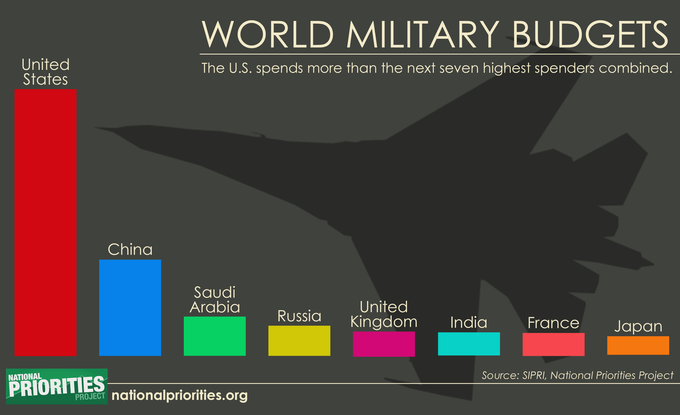After the launch of Sputnik I, many Western nations feared there was a technology gap between the United States and the Soviet Union. This moment was a key event during the Cold War and prompted the creation of NASA and the Space Race. The US would have had the opportunity to put a satellite into orbit before the Soviet Union if the Army Ballistic Missile Agency (ABMA) had been allowed to launch in 1956.
Explorer I, the first launched US satellite, was initially set to be launched by the Army’s Jupiter-C-based Juno I rocket. However, the Eisenhower administration decided that the first US satellite to be launched should be done so by a rocket developed by civilian American engineers rather than a rocket developed by a military missile program. Although, the selected project was not to interfere with high-priority military ballistic missile programs – Atlas, Jupiter, and Thor. While it was the administration's fault that the Soviet Union launched the first satellite, the only thing that stood in the way of the US claiming the second successful launch was a trivial interservice rivalry between the Army and the Air Force. This drama allowed the Soviet Union to send a dog to space before the US could officially get off the ground.
The Stewart Committee was set up to choose the best proposal for the future of US space programs. The Army proposed using the already flight-tested Juno I, the Air Force proposed the undeveloped Atlas rocket, and the Navy proposed a system based on the Viking and Aerobee rockets. The Army and the Navy proposed using the Juno I and Viking for Project Orbiter, while the Air Force proposed the Atlas rocket for its “World Series” project. The Navy quickly decided that there was no way that the committee would choose either of those programs, so Project Orbiter was
scrapped and both the Navy and the Air Force began supporting alternatives. The Air Force's proposal wasn't considered since it was years behind the development of the Army and Navy systems. When it came down to the final votes, the Army and Navy representatives voted for their own services' proposals, and the Air Force representatives voted for the Navy's proposal solely because they didn’t want the Army’s proposal to be chosen. In the end, the committee chose to move forward with the Navy's Vanguard rocket.
Two months after the Soviet Union launched Sputnik I, the US attempted its first launch with the Vanguard rocket which
failed its first attempts to launch, crashing back to the pad and exploding. Following this embarrassment, the Eisenhower administration crawled back to the ABMA to request that the Jupiter-C be launched as soon as possible. Together, the ABMA and Jet Propulsion Laboratory (JPL) completed the Jupiter-C modifications and successfully launched Explorer I on the Juno I rocket in only
84 days.






